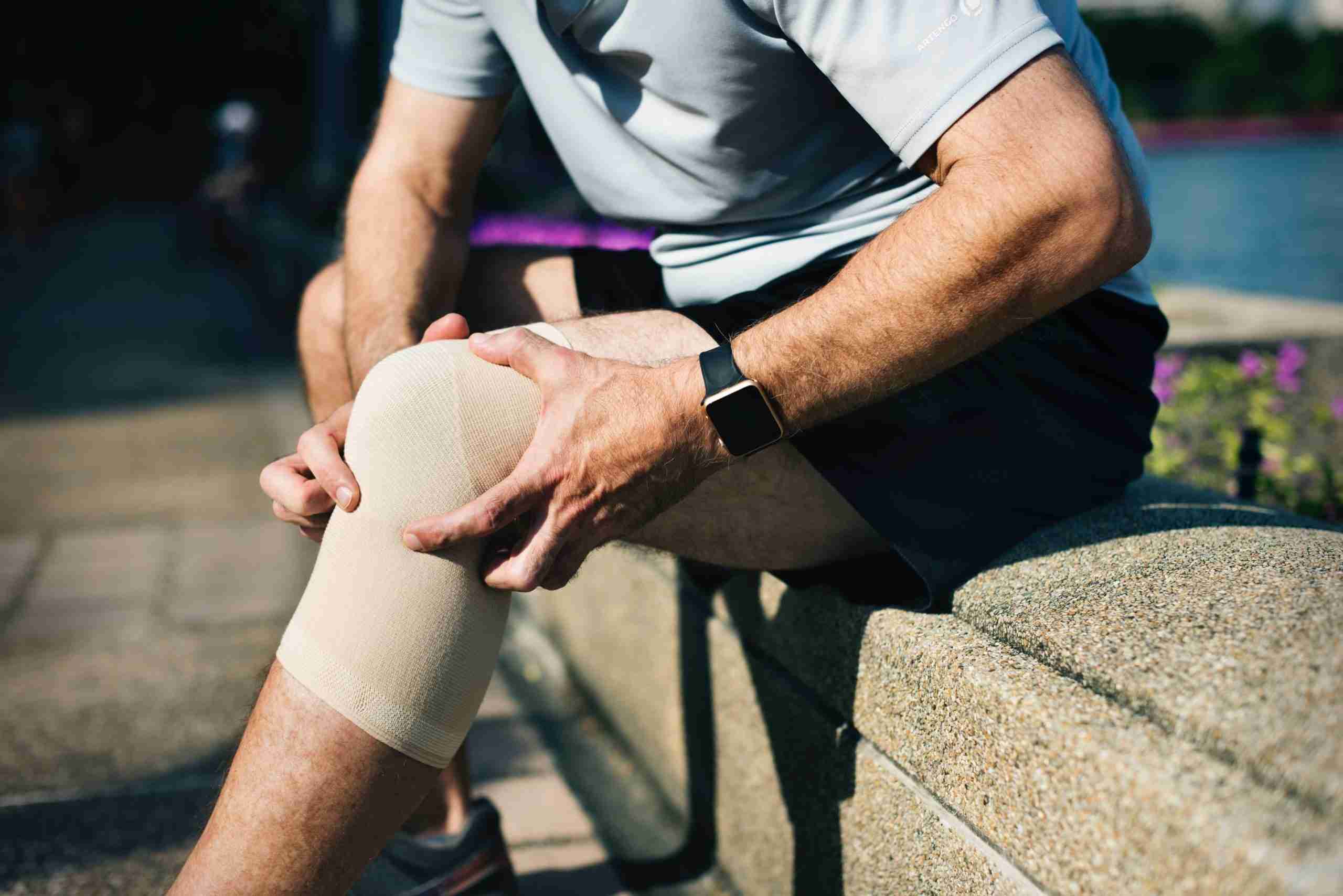Muscle injuries can happen for a number of reasons but they commonly occur when you start cold or get fatigued late in a game or training session, most often during change of direction or deceleration.
Table of Contents
The story typically goes “I was running along when I felt a sharp pain like I had been shot, right in the middle of the muscle”. So if that sounds like you, here are some quick tips to minimise the impact of the injury and get you back out there sooner.
DO this for acute muscle injuries
POLICE
This used to be called RICE, however “Protection, Optimum Loading” is now used in place of “Rest” as complete rest can delay recovery and is unnecessary for muscle injuries. The most effective part of POLICE for muscle injuries is compression, such as an elastic bandage or compression tights (eg. Skins, 2XU, etc).
Pain-free movement and gentle exercise
Even walking can be beneficial in the early stages of injury but pushing too hard too soon will delay recovery
Cross-training
Select your cross-training based on easy access to equipment, previous experience, personal preference and it must be pain-free. Use low resistance and a steady pace if using the involved limb. Otherwise an interval-based program would be more effective at maintaining fitness.
Strength training
Think of key muscles for your sport and mimic the sporting action where possible. Again, it must be pain-free. The right exercises are better than rest but the wrong ones can do more damage. If in doubt, get professional advice or start with easy exercises.
When to get it checked out
Look for key indicators that your recovery isn’t progressing as quickly as it should, that the injury keeps flaring up without much provocation or that you have difficulty returning to sport.
Don’t do this for acute muscle injuries
HARM
Like POLICE, this acronym is a guide. It stands for Heat, Alcohol, Running, Massage. Each of these can be potentially harmful, resulting in further bleeding and delayed recovery.
Stretch
Early or aggressive stretching damages recovering tissue. Stretching is of little benefit in early stages anyway.
Anti-inflammatories
Although the manufacturer’s advice seems to recommend their use, medication like Voltaren or Nurofen can increase bleeding and decrease the rate of tissue repair.
Power exercises
These fast or explosive exercises can aggravate or re-tear injured tissue if introduced too early. In addition, poor form can also create altered muscle patterns and lead to other injuries on your return to sport.
Return to sport without preparatory exercises
Return to sport based only on pain-free performance will fail as the stabilising muscles are weaker and you may have lost fitness. This leads to early fatigue, a huge risk factor for almost every injury.
Ignore it
Ongoing pain, dysfunction or reduced capacity will come back to haunt you. The rehabilitation intervention required to return to optimum function often gets more complex/prolonged the longer you leave it.
Written by
Tim O’Grady
Physiotherapist
Tim is a Physiotherapist who specialises in football/Rugby and golfing injuries. Tim doesn’t believe that rest will make you a better athlete and he focuses on performance-based rehab methods. Tim is also qualified in golf biomechanics and injuries.


